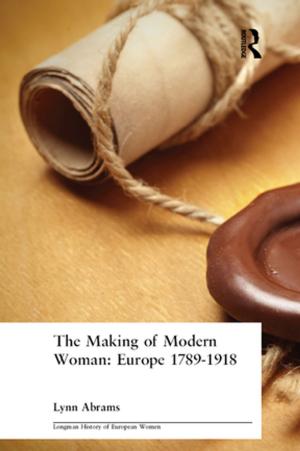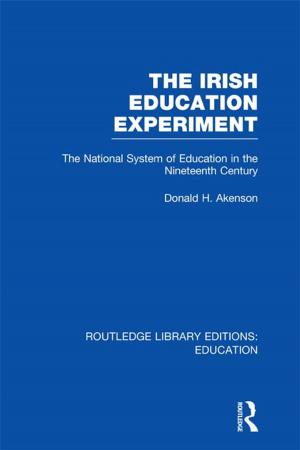Cross-cultural Communication
Perspectives in Theory and Practice
Nonfiction, Health & Well Being, Psychology, Mental Health| Author: | Thomas L Warren | ISBN: | 9781351845137 |
| Publisher: | Taylor and Francis | Publication: | March 2, 2017 |
| Imprint: | Routledge | Language: | English |
| Author: | Thomas L Warren |
| ISBN: | 9781351845137 |
| Publisher: | Taylor and Francis |
| Publication: | March 2, 2017 |
| Imprint: | Routledge |
| Language: | English |
"Cross-Cultural Communication" is a collection of essays that examines how practitioners can improve the acceptance of their documentation when communicating to cultures other than their own. The essays begin by examining the cross-cultural issues relating to quality in documentation. From there, the essays look at examples of common documents, analysing them from several perspectives. Specifically, the author uses communication theories (such as Bernstein's Elaborated and Restricted Code theory and Marwell and Schmidt's Compliance-Gaining theory) to show how documents used by readers who are not native speakers of English can be written and organized to increase their effectiveness. The principal assumption about how practitioners create their documents is that, while large organizations can afford to write, translate, and then localize, small- to medium-size organizations produce many documents that are used directly by people in other cultures-often without translating and localizing. The advantage the writer gains from these essays is in understanding the strategies and knowing the kinds of strategies to apply in specific situations. In addition, the essays can serve as a valuable resource for students and teachers alike as they determine ways to understand how cross-cultural communication is different and why it makes a difference. Not only do students need to be aware of the various strategies they may apply when creating documents for cross-cultural settings, they also need to see how research can apply theories from different areas-in the case of these essays, communication and rhetorical theories. Another value of the essays is to show the students the role standards play in cross-cultural communication; standards are written by committees that follow style rules developed by the International Standardization Organization in Geneva. Thus, both students and practitioners can find valuable cross-cultural communication advice in these essays.
"Cross-Cultural Communication" is a collection of essays that examines how practitioners can improve the acceptance of their documentation when communicating to cultures other than their own. The essays begin by examining the cross-cultural issues relating to quality in documentation. From there, the essays look at examples of common documents, analysing them from several perspectives. Specifically, the author uses communication theories (such as Bernstein's Elaborated and Restricted Code theory and Marwell and Schmidt's Compliance-Gaining theory) to show how documents used by readers who are not native speakers of English can be written and organized to increase their effectiveness. The principal assumption about how practitioners create their documents is that, while large organizations can afford to write, translate, and then localize, small- to medium-size organizations produce many documents that are used directly by people in other cultures-often without translating and localizing. The advantage the writer gains from these essays is in understanding the strategies and knowing the kinds of strategies to apply in specific situations. In addition, the essays can serve as a valuable resource for students and teachers alike as they determine ways to understand how cross-cultural communication is different and why it makes a difference. Not only do students need to be aware of the various strategies they may apply when creating documents for cross-cultural settings, they also need to see how research can apply theories from different areas-in the case of these essays, communication and rhetorical theories. Another value of the essays is to show the students the role standards play in cross-cultural communication; standards are written by committees that follow style rules developed by the International Standardization Organization in Geneva. Thus, both students and practitioners can find valuable cross-cultural communication advice in these essays.















